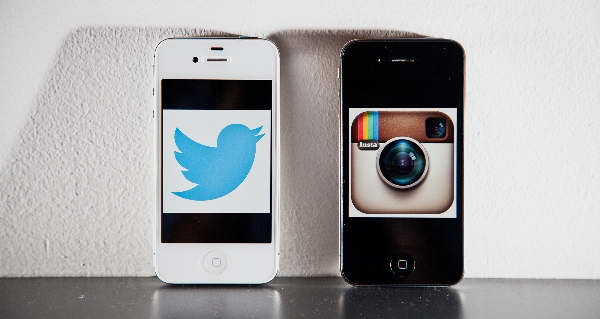
Source: Wired
Instagram made big news recently by speeding past Twitter in active users, reaching 300 million to Twitter’s 284 million. Perhaps surprisingly, Twitter’s board members didn’t seem concerned by the numbers. Evan Williams, Twitter co-founder and board member didn’t mince words when he reportedly told Fortune “I frankly don’t give a s*** if Instagram has more people looking at pretty pictures.”
Well, if the last report wasn’t enough to give Twitter’s board pause, maybe a new study on brand engagement will make them less flippant.
Social analytics firm Socialbakers compared the top 25 brands in Instagram engagement with the top 25 on Twitter and found Instagram received up to 50 times more engagement rates per post.

By comparing three months of data ending December 9, Socialbakers found the average Instagram post for a major brand has a per fan engagement rate of 3.31% (counting likes and comments), whereas top brands on Twitter only receive an average rate of 0.07% per tweet including retweets, replies, and favorites.
Throughout the three month period of the study, brands included averaged 38 times more total interactions on Instagram (6.5 million a month) compared to Twitter (167,000). Socialbakers didn’t release a full list of included brands, but they did divulge five brands appearing on the lists for both Twitter and Instagram: Victoria’s Secret, Starbucks, GoPro, Forever21, and Aeropostale.
Socialbaker’s report isn’t much of a shocker in light of past reports. A previous Forrester Research study released last May found Instagram’s per follower engagement rate for major brands to be an astounding 120 times higher than Twitter.

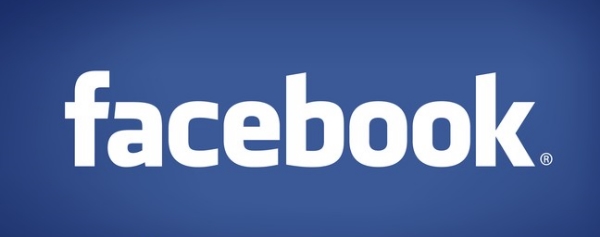
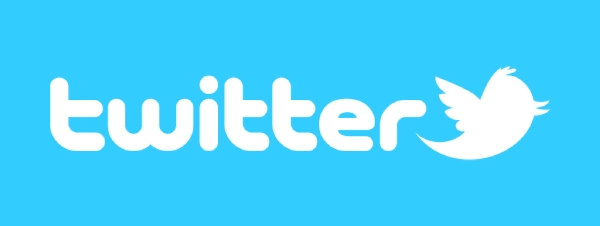
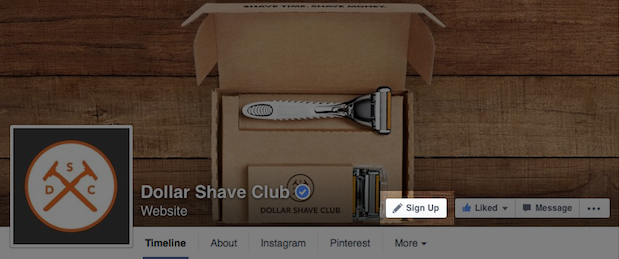
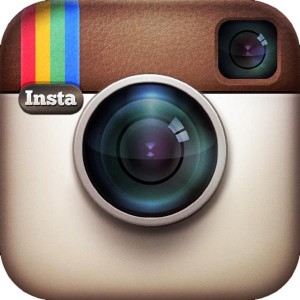 Instagram is quickly becoming one of the most popular social media platforms around. With new estimates saying Instagram pulls in 300 million monthly users, the photo- and video-sharing app has bypassed Twitter’s official user count of 284 million. The new numbers mark a 100 million user increase since March.
Instagram is quickly becoming one of the most popular social media platforms around. With new estimates saying Instagram pulls in 300 million monthly users, the photo- and video-sharing app has bypassed Twitter’s official user count of 284 million. The new numbers mark a 100 million user increase since March.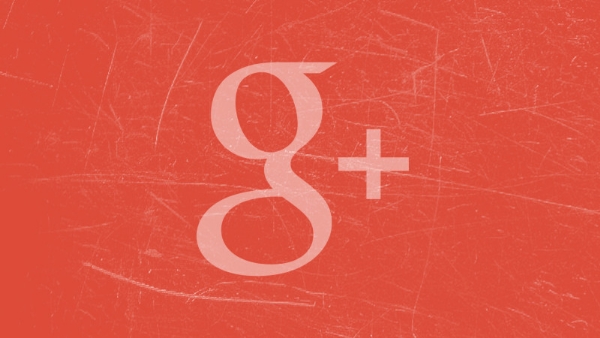
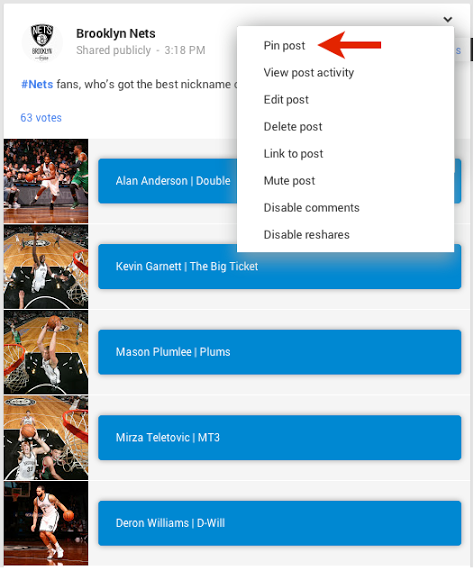
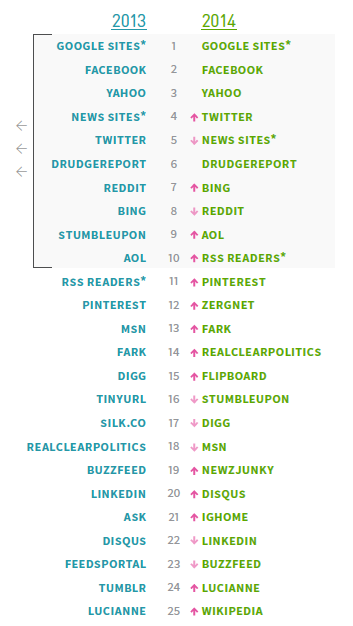
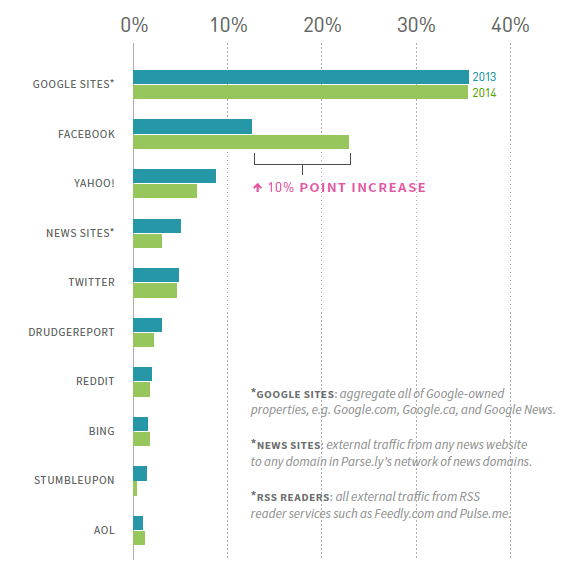
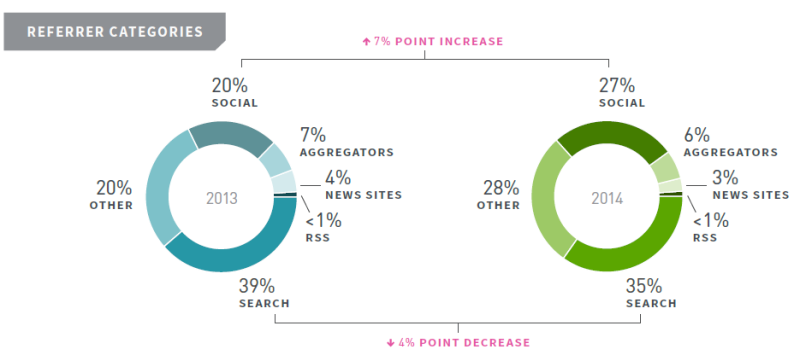
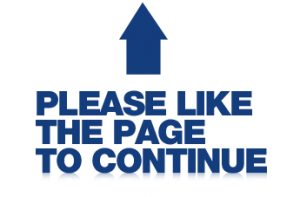 Tomorrow marks a rather significant change in Facebook policy as they close the so-called “like gate.” As
Tomorrow marks a rather significant change in Facebook policy as they close the so-called “like gate.” As 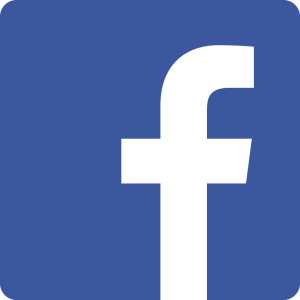 Facebook has long been the favorite social media platform for sharing content, but if a report from the
Facebook has long been the favorite social media platform for sharing content, but if a report from the 

